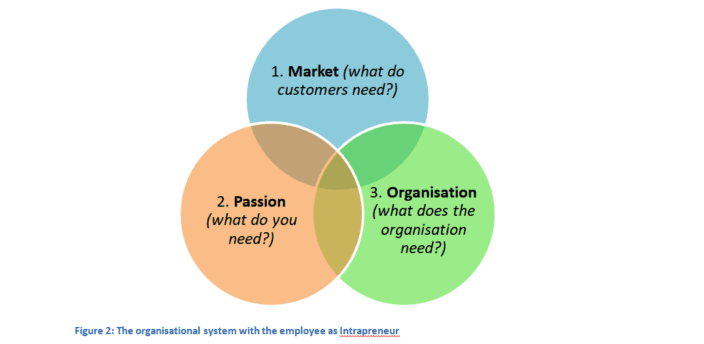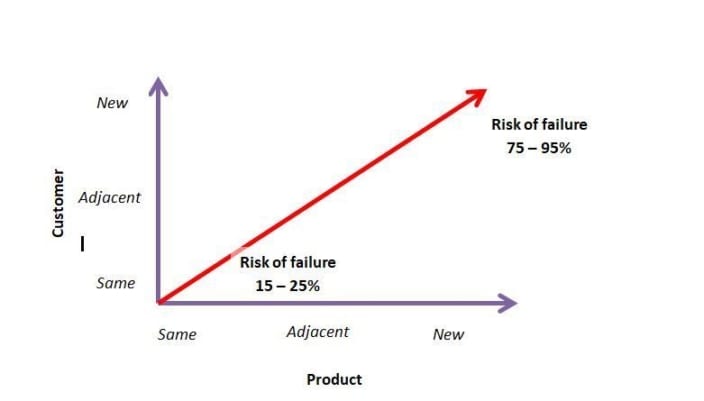But first – what does it mean to be agile? Here are a few capabilities that signify agility:
- Working nimbly across boundaries
- Deliberate and speedy pursuit of emerging opportunities
- Flexibility to adjust in near real time to changing market dynamics
- Taking appropriate risk and being able to accept some degree of failure and “messiness”
- Commitment to identifying and addressing the agility inhibitors in your organisation
The big agility killer in organisations is the phrase “prove it”.
The prove → plan →execute model doesn’t work in agile land. Instead it’s a case of Act → Learn → Build.
Action is primary. You can’t do a financial plan if a customer has never seen your new product or service. You must put something out there!
The key is to look for creative ways to reduce the cost of learning.
ROI = R/I. Increase ROI by reducing the cost of I.
Outlearn your environment. As Jack Welch observed; “if the rate of change on the outside exceeds the rate of change on the inside; the end is near.”
Agility as a concept is derived from the military strategist John Boyd. Boyd is credited with applying the OODA model to aircraft battle.

While Action is the critical 4th step – the work done in advance of acting is often done badly. That is because we take information from different sources but we don’t see the “big picture”. We don’t think at the system level.
For employees looking to infuse their organisations with agility this can be a major hurdle. As an employee, it might be useful to think about your organisation as follows:

If you are an employee looking to bring new ideas to the world through their organisation; give careful consideration to the 3rd component. Your target is a little narrower than that of the entrepreneur because you must take your organisation’s needs into account. View your organisation as a customer.
Re-engineer your idea so that it fits in with the current model:

While it’s true that rejection is a good signal that your idea is innovative – you can also work to lower organisational resistance by reducing the risk of failure and by aligning your new opportunity with the prevailing business model. Find an angle. Have empathy by making others feel comfortable. Then allow your crazy creativity reveal itself at a pace that works for everyone!
If you find these ideas relevant – contact me for an informal conversation.
Read about the 7 Lessons from Systemic Failure..

Share this on...